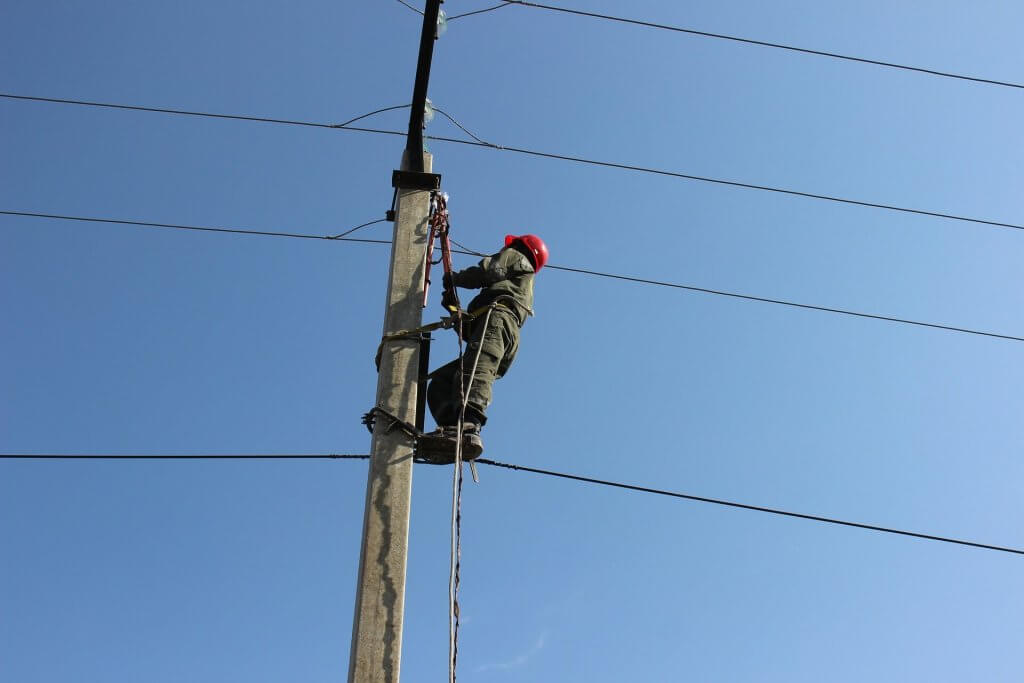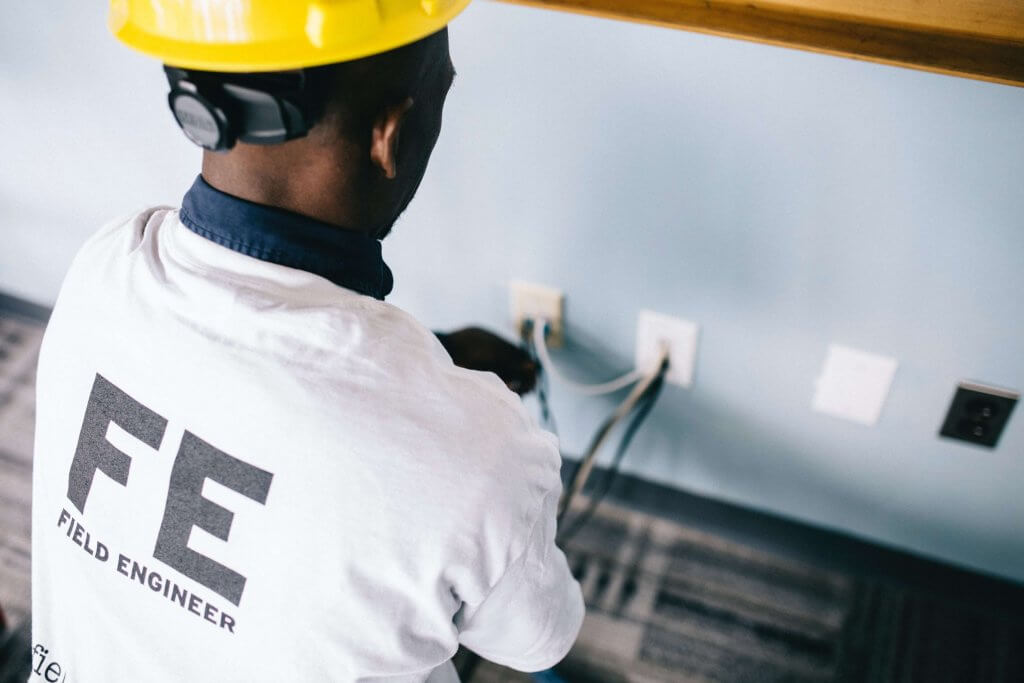The career of an electrician has long been considered one of the most stable and rewarding professions in the skilled trades. In 2025, as demand for electricity continues to rise with the growth of industries like renewable energy and electric vehicles, the role of electricians remains as crucial as ever. But as with any trade, how much you earn depends on a variety of factors: experience, specialization, geographic location, and, notably, union membership.
When it comes to boosting earnings, joining a union, such as the International Brotherhood of Electrical Workers (IBEW), offers one of the most significant financial advantages an electrician can have. This guide dives deep into the salary expectations for IBEW electricians in 2025, examining the union wage advantage, career progression, geographical salary variations, and how to maximize your earnings.
Contents
The Union Wage Advantage: Why IBEW Membership Pays Off
How Union Membership Drives Higher Wages
It’s no secret that union membership has been a game changer for many tradespeople, and electricians are no exception. Being part of the IBEW isn’t just about job security or workplace benefits; it’s also about earning more money. As an electrician who joined the IBEW right out of an apprenticeship, I can vouch for the significant pay bump that union membership offers.
Union electricians earn, on average, $10.62 more per hour than their non-union counterparts, according to recent statistics. That’s a sizable difference when you consider the compounding effect over an entire year. Even after factoring in union dues, which typically amount to a few thousand dollars annually, the financial advantage remains substantial.
Over the course of a year, union electricians often make upwards of $6,000 more than non-union electricians—money that can be used to invest in your future, whether it’s through additional training or saving for retirement.

The Additional Benefits of Unionization Beyond Pay
The IBEW isn’t just about a higher paycheck. The union also offers benefits that can’t be easily quantified in dollar terms, but they certainly make a big difference. For example, union electricians often enjoy superior healthcare coverage, including dental and vision plans that provide peace of mind for you and your family.
Additionally, union membership often comes with retirement plans, like 401(k) matching or pension plans, which ensure that electricians can look forward to a comfortable retirement.
Perhaps the most underrated aspect of union membership is the network of support and advocacy. Unions fight for fair working conditions, dispute resolution, and protections in the workplace, ensuring that you’re not just an employee, but a valued member of a collective bargaining organization.
IBEW Electrician Salaries in 2025: National Average and Geographic Variations
What Do Electricians Earn Across the U.S. in 2025?
According to the U.S. Bureau of Labor Statistics (BLS), the average salary for electricians in the U.S. in 2025 ranges from $56,000 to $66,788 per year. For many, this salary is a comfortable and rewarding living wage. But what does that mean on the ground? For a more complete picture, let’s break it down a bit further.
The median salary for electricians reported by BLS data is approximately $62,350 per year, or about $29.98 per hour. However, when you compare this median to other data sources, some electricians in the field are pulling in much higher salaries—up to $99,800 annually—especially those with specialized certifications or years of experience.
The Impact of Geography on Electrician Salaries
In addition to experience and specialization, location plays a pivotal role in how much electricians earn. For instance, electricians in areas with a high cost of living tend to earn significantly more than those in regions where expenses are lower. This is true for IBEW members as well, who benefit from negotiated wage increases tied to the cost of living in certain urban centers.
For example, in Washington state, the highest-paying state for electricians in 2025, union electricians can earn anywhere from $73,367 to $88,620 per year, with the potential for master electricians to make up to $111,710. Compare that to states like Florida, where the average salary for electricians is closer to $52,380, reflecting the lower cost of living.
Other high-paying states include California, Alaska, and New Jersey, where the combination of higher demand and living costs pushes the salaries of electricians beyond the national average. In contrast, more rural states like Arkansas offer lower wages, though the cost of living is significantly lower.
Career Progression for Electricians: How Experience Boosts Earnings
The career trajectory for an electrician is a journey of continuous learning and professional growth. From the apprentice stage to becoming a journeyman and finally reaching the esteemed position of a master electrician, each step brings new responsibilities—and higher pay.
Apprentice Electrician Salary: Starting Out Strong
As an apprentice electrician, you’re still in the learning phase. You’re working under a licensed electrician, gaining valuable on-the-job experience. However, this doesn’t mean you’re going to be earning a minimum wage.
Depending on your apprenticeship program, you can expect to earn between $30,000 and $45,000 per year, or around $15 to $20 per hour. The key here is that apprenticeships sponsored by unions, like the IBEW, often offer higher wages right from the start, ensuring that you’re earning a living while you’re learning.
The apprenticeship program usually lasts between two and three years, but by the end, you’ll have gained enough knowledge and skills to work as a fully licensed journeyman electrician.
Journeyman Electrician Salary: Advancing to Independence
Once you complete your apprenticeship and pass the qualification exam, you become a journeyman electrician. This is when your earning potential really starts to rise. On average, journeyman electricians earn between $50,000 and $70,000 per year, or around $25 to $35 per hour. This stage marks the transition to more independent work—you’re qualified to handle a variety of tasks on your own, from wiring homes to managing electrical systems in commercial settings.
Master Electrician Salary: Top of the Line
Master electricians are the veterans of the trade. They possess years of experience, often upwards of 12 years, and have undergone extensive training. In addition to their high level of skill, master electricians oversee projects, manage apprentices, and sometimes start their own businesses.
These seasoned professionals can earn anywhere from $70,000 to $100,000 or more annually, with some making up to $127,500 per year. This is the pinnacle of an electrician’s career, where specialization and expertise are richly rewarded.

Specialized Electricians: Boosting Income Through Niche Expertise
The world of electrical work is vast and varied, and specialization is one of the best ways to boost your earnings. Many electricians choose to focus on particular sectors of the trade, and those who specialize can earn a premium for their skills.
Industrial Electricians: High Salaries for High Voltage Work
Industrial electricians work with high-voltage systems and complex machinery in factories and power plants. Given the technical nature and safety risks of the work, industrial electricians command a higher salary, typically earning between $70,000 and $90,000 per year. The need for industrial electricians is only growing, especially as more industries automate and expand.
Data Center and Renewable Energy Electricians: The Future of High Pay
Electricians working in data centers or renewable energy installations—such as solar or EV charging stations—are seeing a rise in demand as industries transition toward more sustainable practices. Salaries in this sector can range from $75,000 to $100,000, with those specializing in EV charging installations and solar energy systems seeing particularly high demand in 2025.
Lineworkers and Automation Technicians: Physical and Technical Specializations
Lineworkers, responsible for maintaining and repairing outdoor power lines, earn between $75,105 and $78,310 annually. This job is physically demanding and can involve working in dangerous conditions, which is why it commands a premium wage. Automation technicians, on the other hand, specialize in the installation and maintenance of automated systems in industrial settings. These technicians earn about $68,880 annually.
Maximizing Earnings in 2025: Overtime, Bonuses, and Entrepreneurial Opportunities
Beyond base salaries, electricians, particularly those affiliated with unions, have several avenues to maximize their annual income.
Overtime Pay and Bonuses: How Electricians Can Make More
One of the most straightforward ways to boost earnings as an electrician is through overtime. Electricians often work 50 to 60 hours a week during busy seasons or in emergency situations. Overtime typically pays time-and-a-half, meaning extra work can significantly increase annual income.
Additionally, performance bonuses are common in the trade. Many employers offer bonuses for completing projects ahead of schedule or maintaining a strong safety record. These bonuses can range from 5% to 15% of a worker’s base salary, depending on performance.
Benefits and Perks That Add to Your Earnings
Union membership offers additional financial security through comprehensive benefits packages. Health insurance, including dental and vision coverage, is often provided, giving electricians and their families peace of mind. Additionally, many unions offer retirement plans like 401(k)s or pensions with matching contributions, which help workers save for the future.
Starting Your Own Electrician Business: The Ultimate Earning Potential
For master electricians who want to take their career to the next level, starting an electrical business can be a lucrative option. Business owners can make anywhere from $60,000 to $150,000 annually, with the potential for their businesses to generate over $500,000 in revenue. While this path comes with its own risks and challenges, the rewards can be substantial.
Conclusion: Why IBEW Electricians Are Set for Success in 2025 and Beyond
In 2025, electricians have a promising future, with high earning potential and a wide range of opportunities for growth. Whether you’re just starting as an apprentice, advancing to a journeyman, or reaching the top as a master electrician, the path to a rewarding career is clear. By joining a union like the IBEW, electricians not only earn more but also gain access to benefits that provide long-term security.
The future is bright for electricians, especially for those who embrace specialization and union membership. With the right skills, a solid work ethic, and a commitment to safety and professionalism, electricians in 2025 are positioned for financial success.